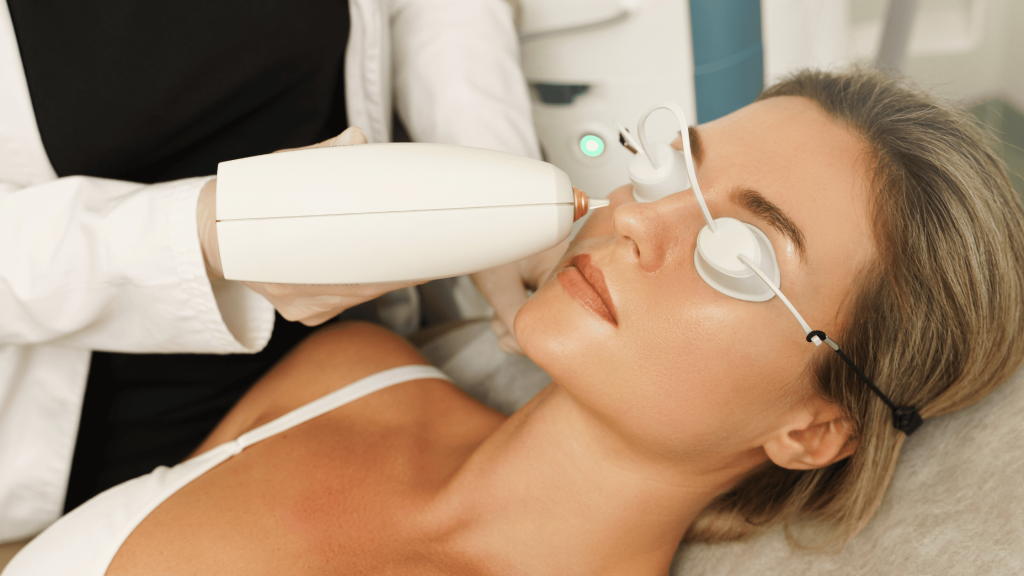
In the realm of aesthetics, no treatment is entirely devoid of risks. While the potential for complications looms, how these unexpected occurrences are managed – from prevention to crisis management, and finally to learning from them – is what truly characterises the success of a procedure and the reputation of a practice. This comprehensive guide aims to shed light on the crucial topic of navigating mid-treatment complications in the field of aesthetics.
Prevention: The Best Cure
Prevention, as the saying goes, is always better than cure. A critical aspect of this prevention strategy is a thorough initial consultation before any aesthetic procedure. This consultation aims to understand the patient’s medical history, lifestyle, and aesthetic goals. Transparent discussions about potential risks and complications, along with setting realistic expectations, can prevent complications later on.
Continual professional development (CPD) is a cornerstone for practitioners in this field. By staying up-to-date with the latest techniques, best practices, and emerging research, the risk of complications can be significantly reduced. Adherence to strict hygiene standards and treatment protocols is also a must, serving as a preventative measure against potential complications.
Swift Recognition and Management
Despite the best preventative measures, complications can arise. When they do, swift recognition and effective management are paramount.
Minor complications, such as mild swelling or bruising, can be managed within the clinic itself. Simple interventions like applying cool compresses, recommending over-the-counter medication, or giving aftercare instructions can help.
More serious complications require immediate and decisive action. This may involve referring the patient to a specialist or, in severe cases, an emergency department. In these instances, partnering with a complications consultant can provide invaluable support. They offer real-time advice and expert guidance, ensuring the patient receives the best possible care during a potentially distressing situation.

Learning from Experience
Every complication, regardless of its severity, offers a valuable learning opportunity. Following any incident, it’s crucial to conduct a thorough review to understand what went wrong, why it occurred, and how it can be prevented in the future. This review process can lead to improved protocols, highlight areas where additional training may be needed, or prompt changes in practice.
Creating a culture of transparency within the clinic is also beneficial. Open discussions about complications and their management foster trust and respect among the team and reassure patients of the clinic’s commitment to continual improvement and patient safety.
Building Resilience and Reputation
While handling complications is a challenge, it’s also an opportunity to build resilience and reputation. It’s a chance to demonstrate professionalism, competence, and dedication to patient welfare. By learning from these situations and making necessary improvements, practices can strengthen their standing within the aesthetics community and among patients.
Conclusion
Navigating mid-treatment complications in aesthetic treatments is an integral aspect of aesthetic practice management. While these complications are undesirable, they are, unfortunately, a part of this industry. However, with robust prevention strategies, quick and effective complication management, and a commitment to learning and improving from these experiences, clinics can enhance patient outcomes and solidify their reputation.
In the journey towards aesthetic perfection, the road may not always be smooth, but with the right approach, every bump can pave the way towards a more successful and patient-centric practice. Through preparedness and dedication, complications can be transformed from crises into opportunities for growth and improvement.

